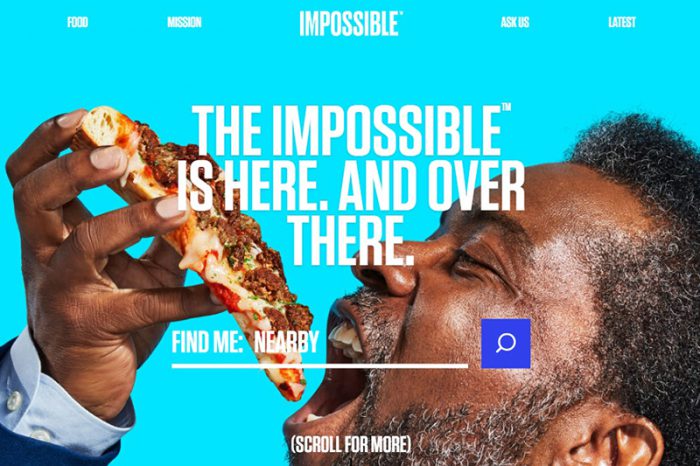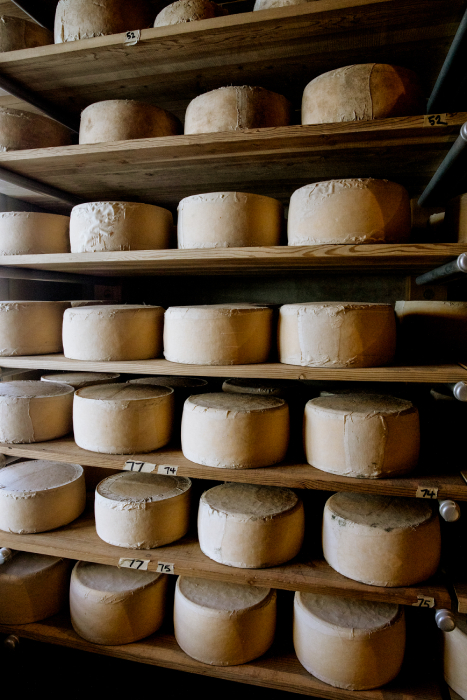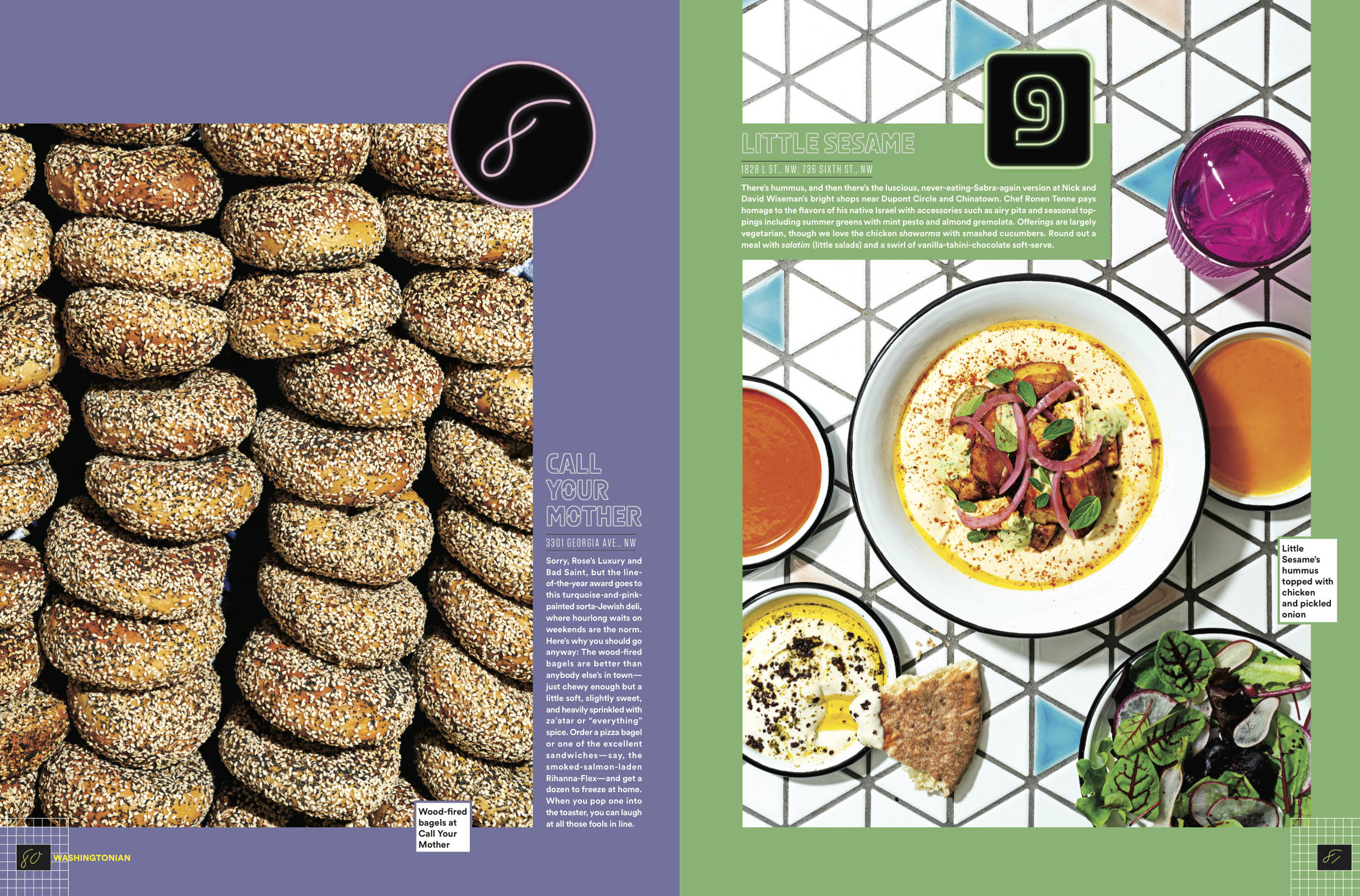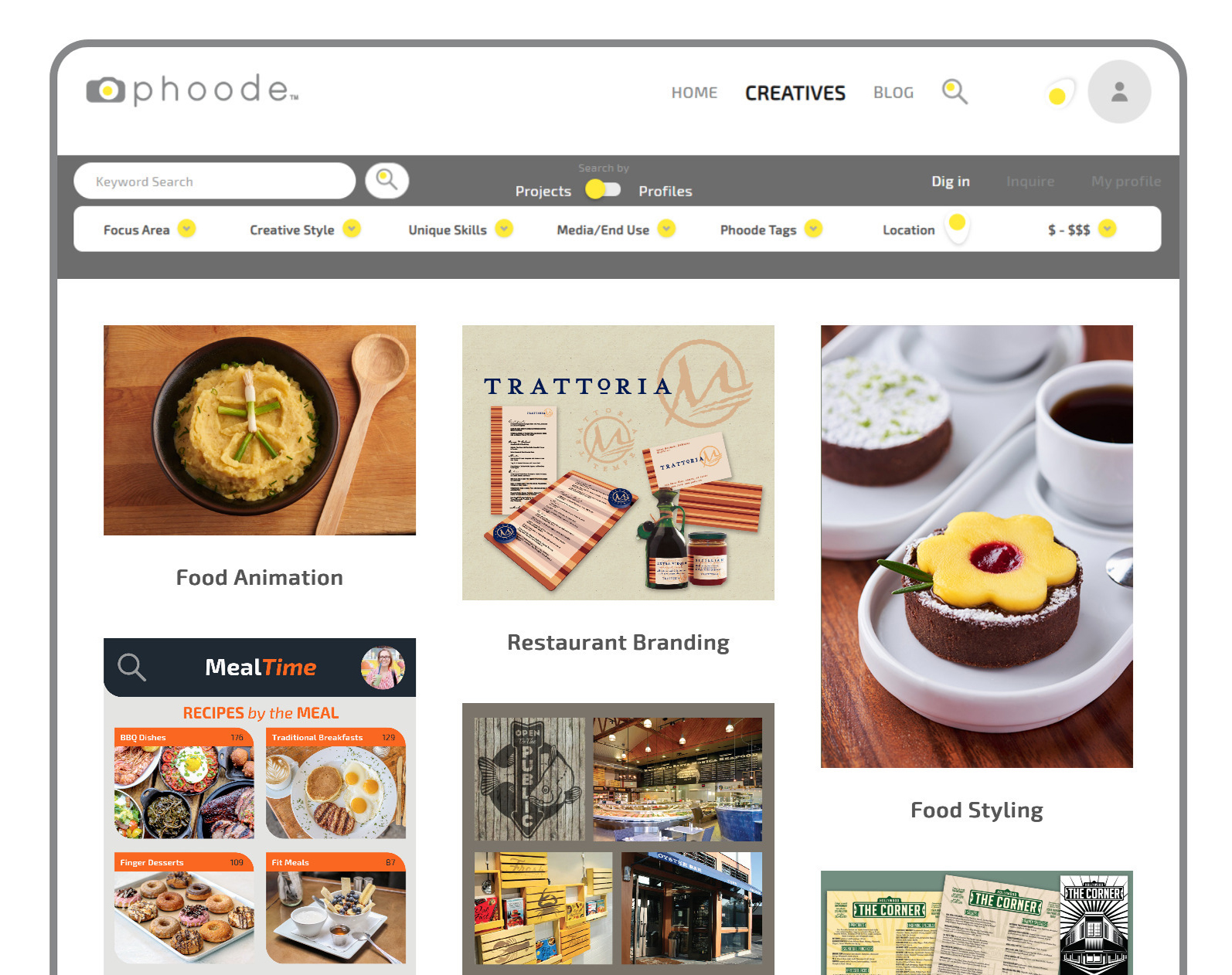The Impossible Burger’s Vegan Food Advertising for the Masses
If you’re a foodie, you’ve probably heard about the tantalizing plant-based Impossible™ Burger. As with any product there are many factors that go into its success. First off, it has to impress consumers, which the new burger is definitely doing. Even omnivores are tempted by the hype and rarely disappointed. Another key to the product’s rapid and ground-breaking growth is its vegan food advertising tactics, which don’t target just vegans, especially not in the way we are used to.
What Are Some Vegan Food Advertising Trends in the United States?
Usually vegan, vegetarian, or organic food companies use photos to emphasize the wholesome and healthy qualities of their products. Many extend wholesome nutritionally to mean wholesome emotionally, using words like love, compassion, or kind in their ads. Backgrounds are often made of raw materials and the color palette is of subdued greens and earth tones. Shots of costumers scarfing down food is usually a no-no in vegan food advertising, as it focuses on the taste and not the quality of the food. Well, the online marketing of Impossible Foods Inc. should remind us that we don’t need to follow trends in order to be successful.
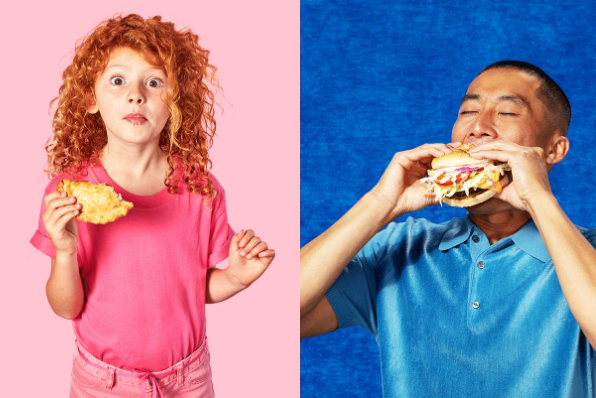
Color in Food Photography
What do different color palettes suggest? A dark monochrome palette emphasizes intelligence, cleanliness, and sophistication, perhaps appealing to urbanites or those who prefer modern to traditional. The color of natural fibers and earth tones in this example underlines the homemade quality of the French fries, the atmosphere is peaceful and comfy. Nowadays this color palette is a vegan food advertising trend in the United States. Bright colors like in the photo above make the experience of eating seem enjoyable and family friendly, simple and easy. This is exactly what the company is going for. They have entered the fast food market, meaning their advertising must appeal to a generalized mainstream.
Notice as well that these two photos play with color in another interesting way. The child on the left is wearing a shirt that is the same color as the background but darker. However, the man on the right is wearing the same colored shirt as the background but lighter. These kinds of inverse but related color schemes or patterns can pull together a layout really well because they relate the photos to each other.
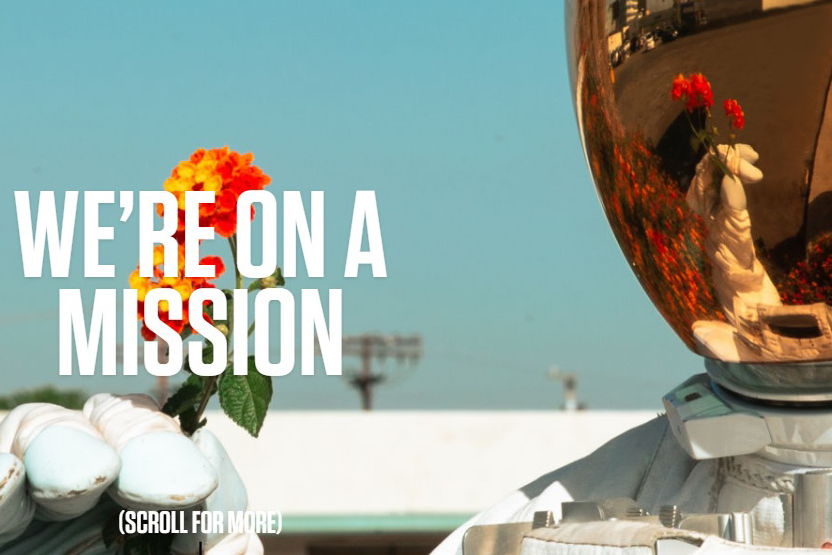
Addressing The Social Responsibility of Food Choices
Scientists continue to warn us that we are reaching a threshold of greenhouse gas levels from which there may be no return. People may accept their statements, though remain reluctant to change. If an army of reputable scientists cannot influence people’s lifestyle choices, their vegetarian friend shunning them by saying, “when you eat meat you destroy the world”, isn’t going to do a thing either. Inventing a new format to dress up the issue can help get the message through without sounding preachy or judgmental.
The “mission” of Impossible Foods is visually represented by an astronaut on a mission to find a planet to live on. He doesn’t have to go to Mars because he returns to Earth (presumably after some time) and understands it’s the most beautiful and perfect place. Even without the backstory of the accompanying video, the photo of an astronaut holding a flower shows that the company possesses an advanced research team dedicated to discovering new ways to help nature. The company portrays itself at the cutting edge of discovery and technology by comparing its mission to that of an astronaut.
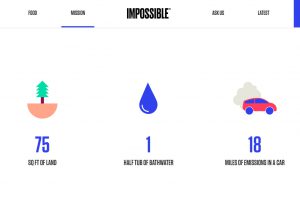
Informational Food Graphics
A very common tool used in vegan food advertising and the health food niche is informational graphics. These show what goes into the product or how it helps the environment. If the political message is an important part of the food product (as is the case with The Impossible™ Burger) direct objective information is necessary in addition to the more creative and suggestive. Even though the imagery and data of the graphics is quite friendly and neutral, too much of this could ruin the fun image they were trying to create.
So, at the other end of the spectrum is a silly video series that borrows B movie Sci-Fi aesthetic and features, why of course, the rap group Wu Tang Clan. The parody employs a retro space movie look and without outwardly saying so, hints to the viewer a huge selling point of the product. The message is that by eating an Impossible Burger instead of a beef patty, you will help save the world just like “superheros” GZA and Ghostface Killah. People are definitely drawn to out-dated styles that now appear comedic and awkward. Brainstorming potential out of the box and unique themes to base your imagery on can be fun and rewarding in your own photography.
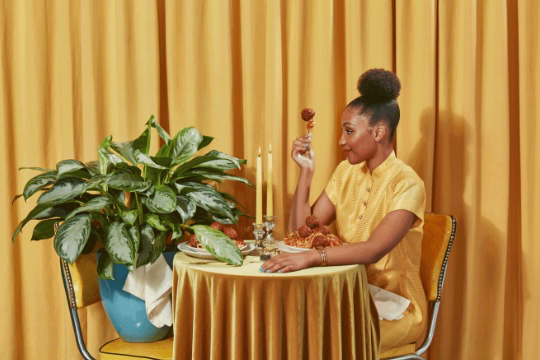
The Popularity of Animated GIFs
The popularity of animated GIFs comes from many sources including social media and popular apps. The GIF was not always as widely supported or used. For example, Facebook added their GIF button in 2015. Now though, it is a quick-loading medium between video and photos widely used in web advertising. On one hand it is a powerful visual tool for food photographers. But on the other, it is easily written off as gimmicky or just for fun. The GIF of a woman on a date with a plant eating Impossible™ Meatballs works because it is well within the realm of comedy. When she takes a bite the plant reaches out for her hand.
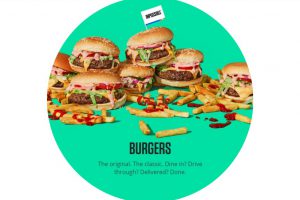
How Can I Create Effective Vegan Food Advertising?
It depends on your product and your audience. If you are photographing for a brand of cold-pressed organic coconut oil, you will probably not opt for messy food photos like the burgers above. Nor will it need to have a mainstream appeal. Not that many Americans cook with coconut oil and some of those don’t care if it is cold-pressed or organic. Think about your focus, what is special about your product? Who will buy it? What do they care about? Photographers as well, not just marketing experts, should ask themselves these questions and play to their audience. Commercial photography is always a careful balance between your own style and tastes and those of the company and customer.
Because 5,000 restaurants now serve the Impossible Burger their advertising must adapt. Whether or not you think foodporn of dripping cheese falling into happy customer’s mouths is too crass and unrefined, it is hard to say that Impossible Food Inc. doesn’t have a fun and unique vegan food advertising campaign. From bright colors to a sustainable message to animated GIFs, it really breaks the norms of its niche. An important facet of the vegan food product you are photographing may be its sustainability, nutrition, or fair-trade policy. Think of visually and conceptually interesting ways to highlight these features similar to what Impossible Foods Inc. has done.




